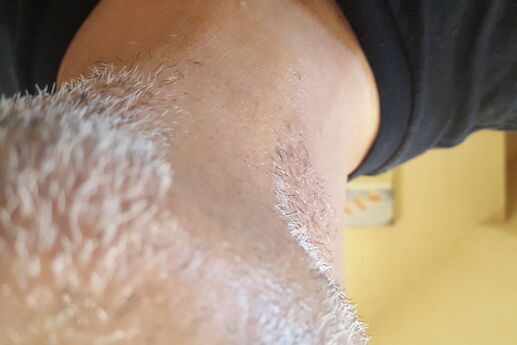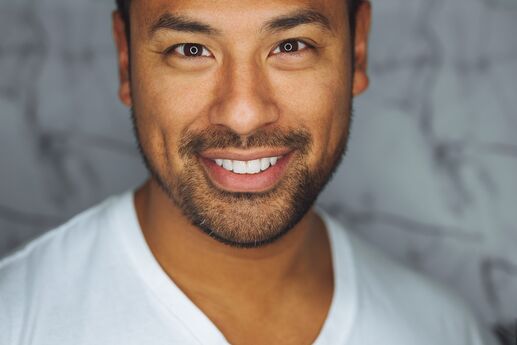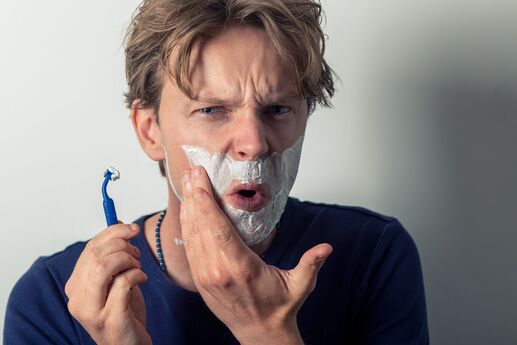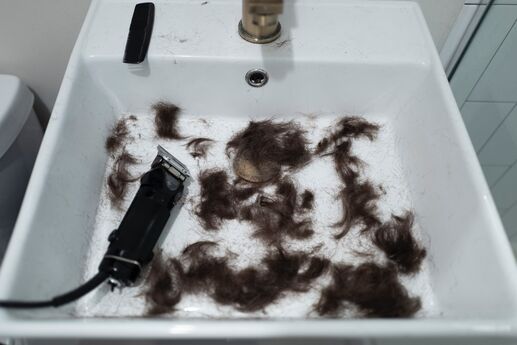Myth vs Fact: Do Supplements Cause Hair to Grow Faster?
Having luscious, vibrant hair is something many folks desire and aspire to have. With numerous products on the market claiming to accelerate hair growth, it's essential to separate fact from fiction. While a healthy diet is crucial for overall hair health, let's take a deeper look into the world of vitamins and dietary supplements to uncover which ones might actually help stimulate hair growth.
-
Biotin: Biotin, the hair superpower (also known as vitamin B7), is one of the most popular supplements for promoting hair growth. This essential vitamin aids in the metabolism of proteins, fats, and carbohydrates, which are essential for maintaining healthy hair follicles. While biotin deficiency is rare, supplementation may help improve hair strength and minimize breakage. However, it's important to note that excessive biotin intake doesn't necessarily equate to faster hair growth.
-
Vitamin D: Vitamin D plays a vital role in our overall health, and emerging evidence suggests it may influence hair growth. Studies have shown a correlation between vitamin D deficiency and hair loss. Ensuring you have adequate levels of this vitamin may optimize hair follicle function and promote healthy hair growth. While more research is needed to establish a direct link, maintaining optimal vitamin D levels through supplementation or sunlight exposure is a wise choice.
-
Iron: Iron deficiency, known as anemia, can contribute to hair loss. Iron is essential for carrying oxygen to the hair follicles and promoting their growth. If you suspect an iron deficiency, consult a healthcare professional who may recommend iron supplementation or dietary adjustments. However, excessive iron intake can be harmful, so it's crucial to get tested and follow professional advice.
-
Omega-3 Fatty Acids: Omega-3 fatty acids, commonly found in fatty fish and flaxseeds, have numerous health benefits, including promoting hair growth. These essential fats help nourish hair follicles and enhance their overall health. While omega-3 supplementation may support hair growth indirectly, maintaining a balanced diet rich in these healthy fats should be the primary focus.
-
Collagen: Collagen is a structural protein that provides strength and elasticity to our skin, hair, and nails. Supplementing with collagen peptides may improve hair thickness, texture, and overall health. Collagen supports the production of keratin, the protein that makes up our hair, and aids in hair follicle regeneration. However, the effectiveness of collagen supplementation varies among individuals, and it's essential to choose high-quality products.
So while vitamins and dietary supplements can support overall hair health, there is no magic pill for instant hair growth. Maintaining a well-balanced diet, staying adequately hydrated, managing stress levels, and practicing good hair care habits are equally crucial. Before starting any new supplements, it's advisable to consult a healthcare professional to ensure they are suitable for your specific needs. Remember, healthy hair growth is a gradual process that requires patience and a holistic approach.
Photo by Volodymyr Hryshchenko on Unsplash






